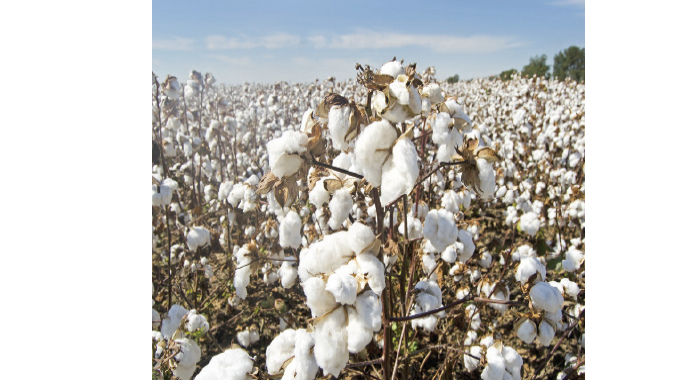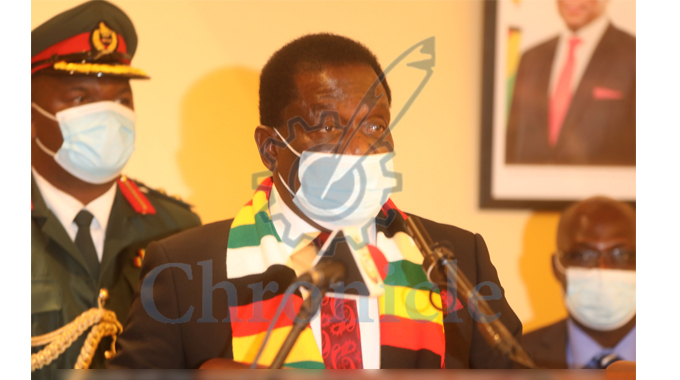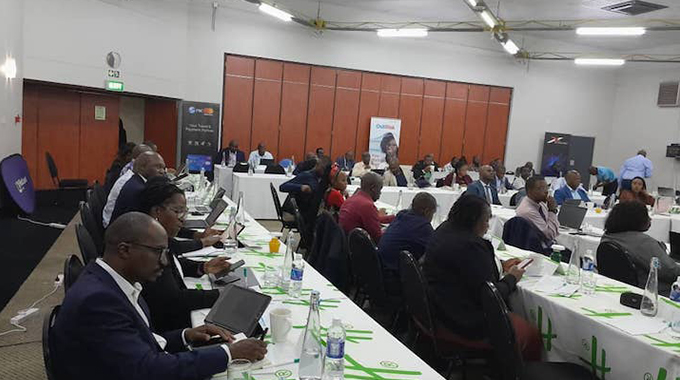Cottco pays farmers

Senior Business Reporter
THE Cotton Company of Zimbabwe (Cottco) has disbursed US$9.9 million to farmers and expects output to rebound in 2023 due to renewed interest in cotton farming after clearance of outstanding farmers’ payments, chairman Mr Sifelani Jabangwe, has said.
In an update to stakeholders, Mr Jabangwe said there has been renewed interest in cotton farming largely due to various favourable payment modalities put in place that have seen clearance of outstanding payments.
“Farmer payments have been progressing well with US$9.9 million and $1 billion having been disbursed to farmers to date,” said Mr Jabangwe.
He said while national cotton output declined in 2022 mostly due to poor rainfall experienced last year, the sector is forecast to rebound in 2023 due to renewed interest in cotton by farmers after the clearance of outstanding farmers’ payments and favourable 2022 farmer payments modalities.
“Volumes are expected to have a marginal increase due to a small crop under hybrid seed. To this end, Cottco staff are currently focusing on crop establishment activities for the new season,” said Mr Jabangwe.

Cottco
Ginning is in progress with lint allocations to local and export consumers having commenced, he added.
Cottco, which is 38 percent owned by the Government, provides nearly 400 000 households with free cotton inputs under the Presidential Free Cotton Inputs Scheme meant to empower cotton farmers, especially those in the marginalised areas.
Cottco has been administering the Presidential Inputs Scheme since 2015 after the Government intervened to revive production, which had fallen to 28 000 tons, the lowest in nearly two decades.
The package of inputs includes seed, fertilisers and chemicals for a hectare, but the management uses its discretion to give more inputs to highly productive farmers.

Fertiliser
The cotton crop suffered two major setbacks — the late-onset of the rainy season and a very long dry spell experienced in most cotton-growing regions during mid-season.
However, unusually heavy rains in March through April undid much of the damage that had been caused by the mid-season dry spell. Initially, the industry had projected that production would drop to 92 000 tons.
At its peak, Zimbabwe produced 352 000 tons. Zimbabwe’s cotton season runs in two phases: planting between October and January and a harvesting and marketing phase that normally runs from May to September.












Comments